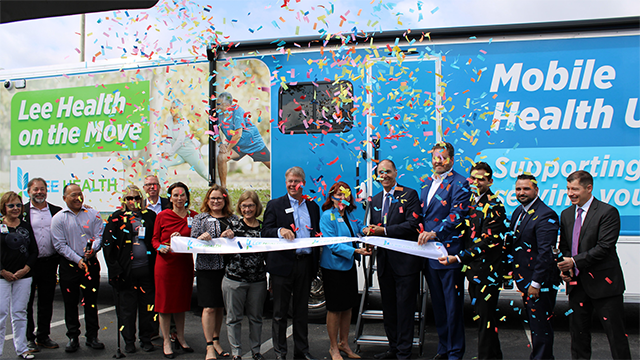Many Americans face employment barriers, including low computer literacy, unreliable transportation, and lack of internet access. Simultaneously, employers are struggling to fill open positions with qualified candidates. These challenges are increasing the demand for innovative solutions (such as Black & Veatch’s mobile and modular units) designed to facilitate workforce development initiatives. The good news is that addressing these challenges benefits everyone involved — job seekers, businesses, and community members. Here are answers to three key questions about this community development issue, including how construction industry professionals can help:
1. What is workforce development?
Workforce development encompasses various programs that create and maintain a viable labor source to sustain current and future business demands in the community. These initiatives aim to teach marketable skills to unemployed individuals and to train or upskill underemployed individuals into more advanced careers. Workforce development training programs usually are designed to teach specific knowledge and skills that are required to fill open career positions in a local market. Successful workforce development solutions will include recruitment, pre-employment training, on-the-job training, apprenticeship, and other forms of skills development and education.
2. What are the main barriers to workforce development?
Knowledge. Unemployed and underemployed community members often are unaware of job opportunities available to them. Employment obstacles such as language barriers, communication challenges, computer literacy, and lack of general resources often prevent capable job seekers from pursuing career opportunities.
Transportation. Mobility is a primary issue for many job seekers. Public transportation often is not available, timely, or convenient. Many unemployed and underemployed individuals may not have a reliable vehicle to get to dispersed job training centers for skills development.
Technology. Online job training programs have been developed to mitigate transportation issues, but the Federal Communications Commission reports that 19 million people in the United States don’t have high-speed internet access in their homes. Many unemployed and underemployed individuals also lack basic computer skills or don’t own a home computer at all. These factors have serious impacts on a prospective employee being able to apply for jobs, even if that job doesn’t require advanced computer skills to be successful.
Childcare. The unavailability of affordable childcare options is especially impactful on women seeking career advancement or re-entering the job market. Childcare is cost-prohibitive for those seeking training and employment, and adequate childcare services often are unavailable in some neighborhoods and communities.
Cost. In addition to the costs of the previously mentioned factors, seeking employment has other financial-related barriers. Underemployed individuals may not be able to afford to lose wages from time spent seeking additional training. Purchasing professional clothing for interviews may not be affordable for jobseekers either.
3. How can the construction industry address these challenges?
According to the Associated General Contractors of America, recruitment and retention are essential to the future of our industry. Black & Veatch is working towards closing future labor gaps by partnering with local high schools and community colleges through career advancement programs. We’re also adapting our mobile and modular solutions to overcome education, transportation, and technology barriers through the first-ever Digital Equity Bus. There are many other ways that construction firms can address workforce development challenges that also directly benefit our businesses:
Align training with industry needs through apprenticeship programs that mix pre-employment instruction with on-the-job training
Make benefits and training program information publicly available in a variety of formats and languages
Offer training for industry-recognized certifications (such as OSHA 30)
Provide additional employment benefits including per diem for transportation to the job site and flexible spending accounts (FSA) for childcare
Educate local students on the career path and earning potential of skilled trades professions
Workforce development initiatives foster a rare “everyone wins” situation. These solutions provide community members with fulfilling jobs and help businesses hire qualified workers. Our communities will prosper as workers take pride in providing for their families and stimulate the economy through more disposable income spending. Big companies tend to put down roots where labor is available, creating higher tax revenue and job stability.
Black & Veatch is committed to “doing well by doing good” through workforce development and other community-based programs for the underserved. Contact us to learn more about Black & Veatch’s mobile workforce development solutions and how we can meet the unique needs of your community.








